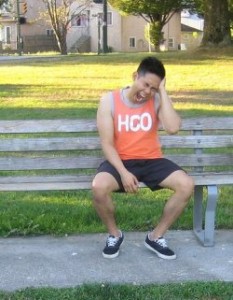Fact Checked
Overview Of Head Lice
- Having head lice, also known as nits, doesn’t mean that you’re unclean. Kids are usually affected, but anybody with hair can attract them.
- Head lice are small bugs that live in the hair of humans. They’re extremely small and are brown and gray in color.
- Lice contain six legs, each with a hook on the end. They use these to grip on to the hair, and they live by piercing the scalp and consuming blood. This regularly causes an irritating feeling, but not always.
Having head lice, also known as nits, doesn’t signify that you’re unclean. Kids are most usually affected, but anybody with hair can attract them. - The female lice place eggs in sacs which hold on to individual hairs. A baby head louse then hatches about 10 days later.
- If your kid has head lice, you may be able to see the residues of the small white egg in their hair. This is known as a ‘nit’. Some individuals also use the word ‘nit’ to signify a ‘head louse’.
- Head lice creep from head to head when you’re near to somebody who has them. Kids are mostly at risk because they’re regularly in close interaction with other kids at school.
- Though, head lice can’t jump, and it’s very unusual to get head lice from a cushion or a towel as they can’t survive without blood for long periods.
Finding Head Lice
Head lice can be hard to identify, even when you carefully examine your child’s head.
If you believe your kid might have head lice:
- Examine your child’s hair. The most frequent places for head lice to prowl are in the hair near the ears and near the neck.
- If you still can’t see any lice, brush the child’s hair with a special ‘nit comb’. These are obtainable from most pharmacies.
Treating Head Lice
- Head lice can be treated by wet combing the hair with a special comb, or by using medicinal ointments or sprays obtainable at most pharmacies.


Lice suck blood from the host (human) and it leave an annoying feeling during its meal time. There are no side effects from utilizing head lice combs in addition discomfort during head lice removal. Lice Removal, 100 Church Street Decatur, GA 30031 (770)-645-4548